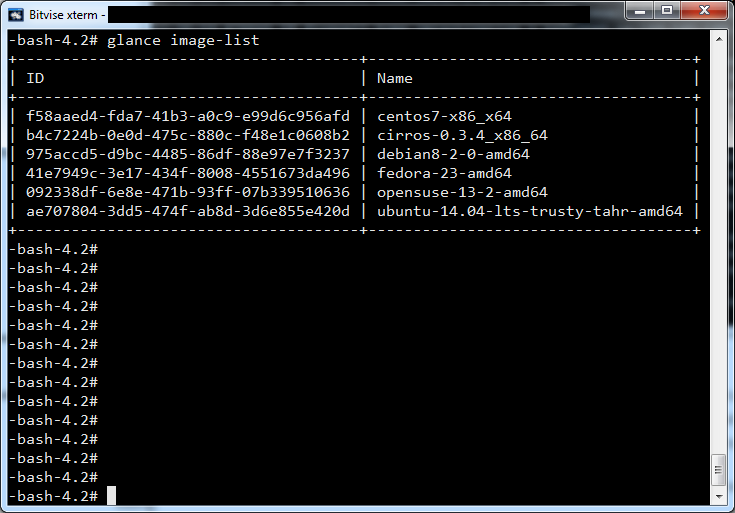So a customer was having issues with cloudfuse, the virtual ‘cloud files’ hard disk. So we needed to test whether their auth is working correctly:
#!/bin/bash
# Diagnostic script by Adam Bull
# Test Cloud Files Auth
# Tuesday, 02/02/2016
# Username used to login to control panel
USERNAME=’mycloudusername’
# Find the APIKey in the ‘account settings’ part of the menu of the control panel
APIKEY=’mycloudapikey’
# This section simply retrieves and sets the TOKEN
TOKEN=`curl https://identity.api.rackspacecloud.com/v2.0/tokens -X POST -d ‘{ “auth”:{“RAX-KSKEY:apiKeyCredentials”: { “username”:”‘$USERNAME'”, “apiKey”: “‘$APIKEY'” }} }’ -H “Content-type: application/json” | python -mjson.tool | grep -A5 token | grep id | cut -d ‘”‘ -f4`
# Container to Upload to (container must exist)
CONTAINER=testing
LOCALFILENAME=”/root/mytest.txt”
FILENAME=”mytest.txt”
# Put command, note MossoCloufFS_customeridhere needs to be populated with the correct value. This is the number in the mycloud url when logging in.
curl -i -v -X PUT “https://storage101.lon3.clouddrive.com/v1/MossoCloudFS_101100/$CONTAINER/$FILENAME” -T “$LOCALFILENAME” -H “X-Auth-Token: $TOKEN”



